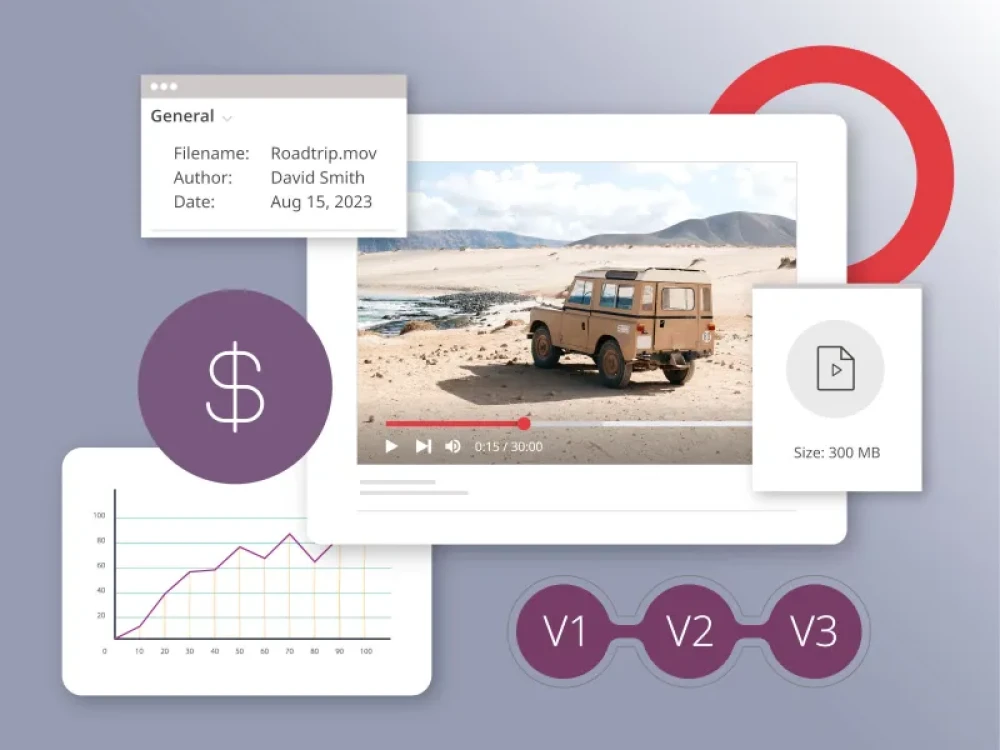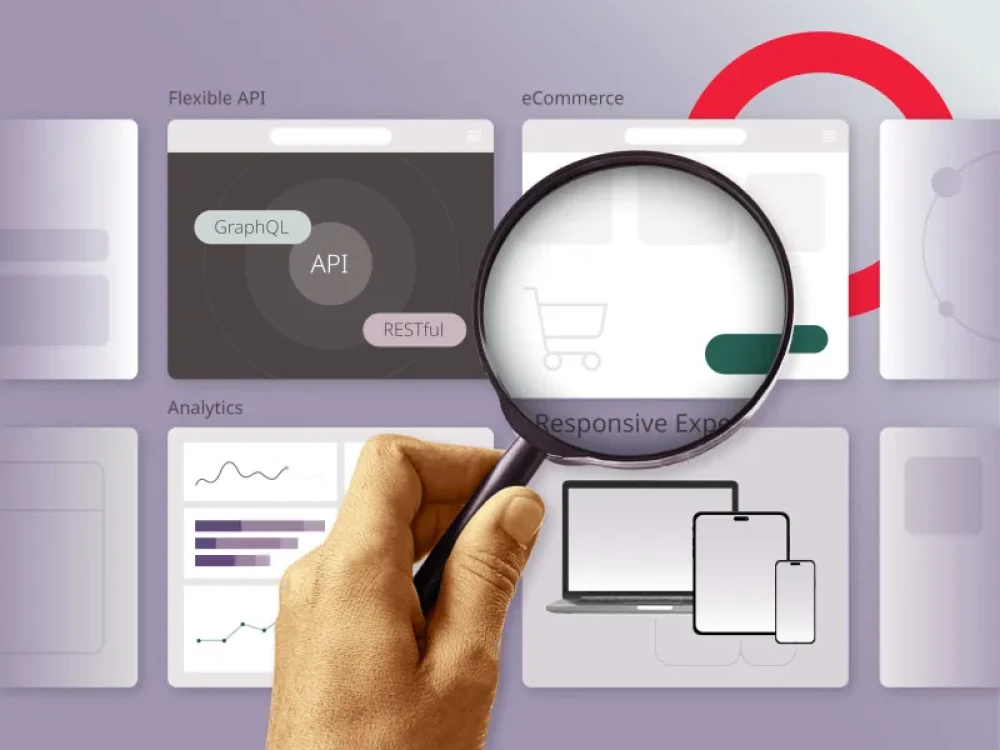Organizations are constantly seeking ways to streamline operations and maximize the value of their digital assets, especially in the modern digital era. The integration of digital asset management (DAM) into your existing tech stack is a strategic move that can significantly enhance your digital asset workflows. Let’s look into the challenges and strategies for DAM integration, best practices for seamless integration with existing systems and how to focus on maximizing the value of DAM through integration.
Challenges and strategies for DAM integration
Integrating DAM into your existing tech stack can present a few challenges, but with the right strategies, these hurdles can be overcome. Here are the few challenges you may face and a few strategies on how to overcome them:
Module
- Data migration: Transferring existing digital assets into the DAM system can be complex. A well-planned data migration strategy is essential to ensure a smooth transition.
- Compatibility: Ensuring compatibility with your existing systems, such as content management systems (CMS), marketing automation platforms and creative software, is crucial. Evaluate the DAM’s integration capabilities with your tech stack.
- User adoption: Resistance to change is common among users. A robust training and change management strategy can help overcome this challenge and encourage widespread adoption of the DAM system.
- Scalability: As your organization grows, your tech stack may evolve. Your DAM integration strategy should account for scalability, ensuring the system can adapt to changing needs.
- Data security: Integrating DAM into your tech stack must not compromise data security. Implement strong security measures to protect your digital assets.
Strategies for successful DAM integration include thorough planning, collaboration between IT and content teams and a phased approach that allows for testing and adjustments as needed.
Best practices for seamless integration with existing systems
Seamless integration is the key to maximizing the value of DAM within your tech stack. Best practices for achieving this include:
- Define integration goals: Clearly define your integration objectives, whether it’s streamlining content workflows, improving collaboration, or enhancing content delivery.
- Select the right DAM system: Choose a DAM solution that aligns with your integration needs. Look for flexibility and compatibility with your existing systems.
- Standardize metadata: Ensure consistency in metadata tagging across your tech stack. This simplifies asset retrieval and promotes uniformity in asset management.
- API integration: Leverage Application Programming Interfaces (APIs) to connect your DAM system with other software applications. APIs facilitate data exchange and automation.
- User training: Invest in comprehensive user training to familiarize your team with the integrated system. A well-trained team is more likely to embrace and maximize the benefits of DAM integration.
- Regular maintenance and updates: Continuously monitor and maintain your integrated tech stack to ensure it remains efficient and secure. Regularly update software and address any integration issues promptly.
Digital asset management: 3 use cases
Here are three examples of the way DAM implementations offer tangible benefits to real-world end users.
- DAM automation to improve marketing conversions: By integrating DAM into their marketing automation platform, a pioneer in the software-technology space was able to deliver personalized marketing collateral, resulting in a 25% increase in lead conversions.
- E-commerce optimization to drive speed—and sales: With a DAM integration between with their content management system and e-commerce platform, this online retailer streamlined product image updates, resulting in a 40% reduction in time-to-market for new products.
- Streamlining modern publishing workflows: A national media publisher integrated DAM into their editorial workflow, enabling authors and editors to collaborate seamlessly. This reduced publication lead times by 30%.
Maximizing the value of DAM through integration
Integrating DAM into your existing tech stack is a strategic move that can transform your digital asset management workflows. But the challenges in DAM integration can be overcome with the right strategies and following the best practices of real-world case studies.
By following the advice of industry experts and taking a thoughtful approach to integration, organizations can maximize the value of DAM within their tech stack. As you embark on your journey of DAM integration, remember that it’s not just about adding a system; it’s about optimizing your entire tech stack to work cohesively and efficiently.
The result? Enhanced productivity, improved asset management and a competitive edge in today’s digital landscape.






